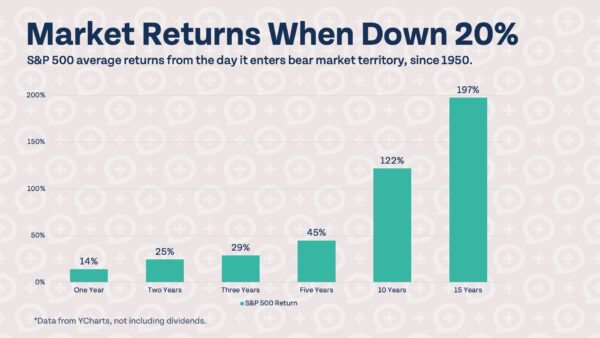First, save early and often, and follow the FOO! Second, passive investing is often the best investing.
What is the FOO and why does it matter when investing?
It’s great that you are thinking about saving and investing now! The earlier you start, the more time your money has to grow before retirement. Begin by following the Financial Order of Operations (FOO). These nine tried- and-true steps will help you maximize your money, know exactly where to put your next dollar, and reach your financial goals.
Download your free copy of the Financial Order of Operations here.
As you work through FOO and begin to invest, look out for the expense ratio/fees of investment funds. Ideally, these will be low, as high expense ratios can eat away at your long-term growth. Index funds often have the lowest expense ratios. You can start investing by contributing to your employer plan or opening up a retirement account with a custodian. Some larger custodial firms include Charles Schwab, Fidelity, and Vanguard.
What type of accounts should I invest in and when?
When building foundational assets, start by looking into index funds. Index funds are a collection of stocks or bonds that track a specific or broad sector of the market.
More specifically, look at Target Retirement Index Funds. These are designed to automatically rebalance over time as your investment needs change. The leading providers of index target retirement funds are Fidelity Investments, Charles Schwab, and Vanguard.
Check out the following video for a deeper dive into the topic. It talks about where and how you should invest in yours 20s.
Video: How Much Should a 20-Year Old Invest Every Year?
Video: Everything You Need to Know About Finances in Your 20s















